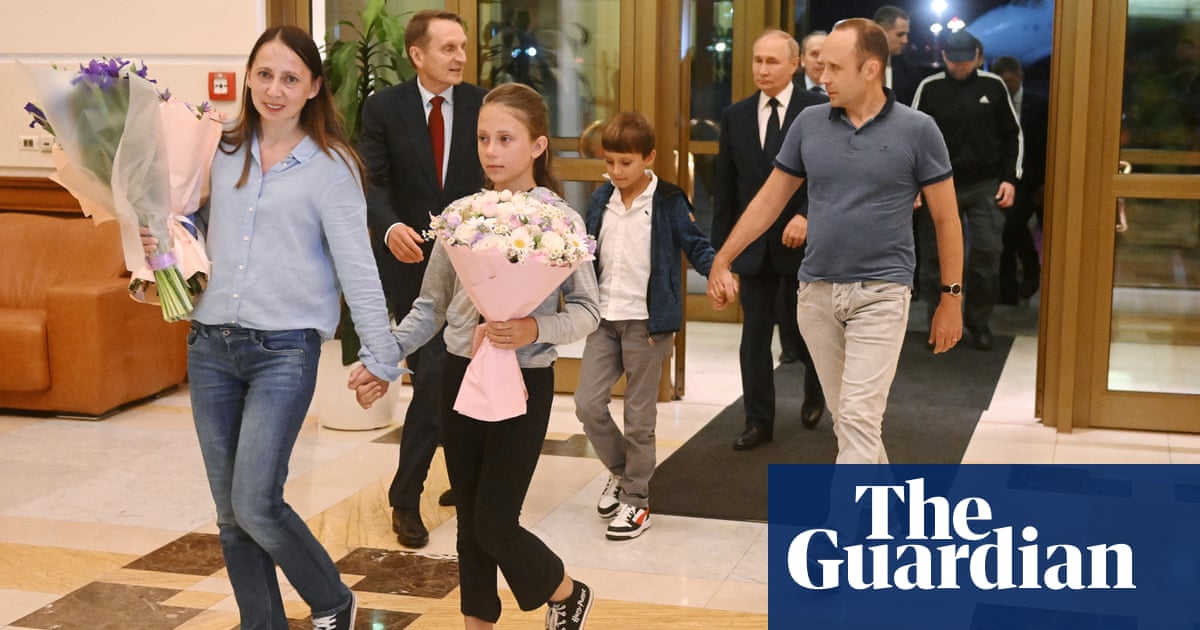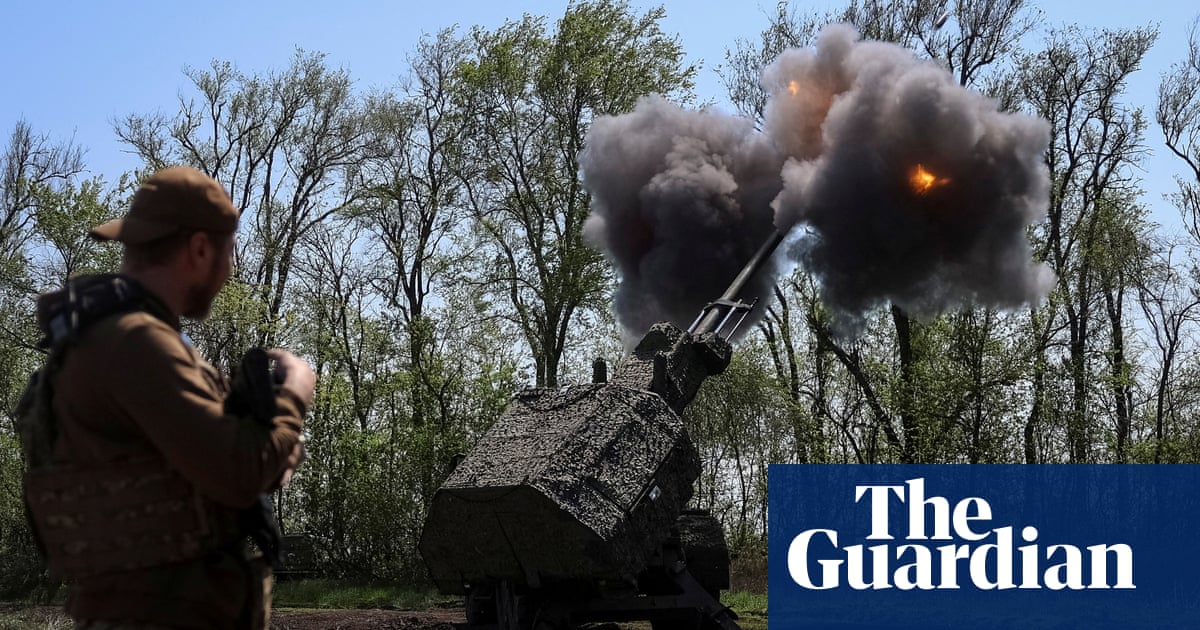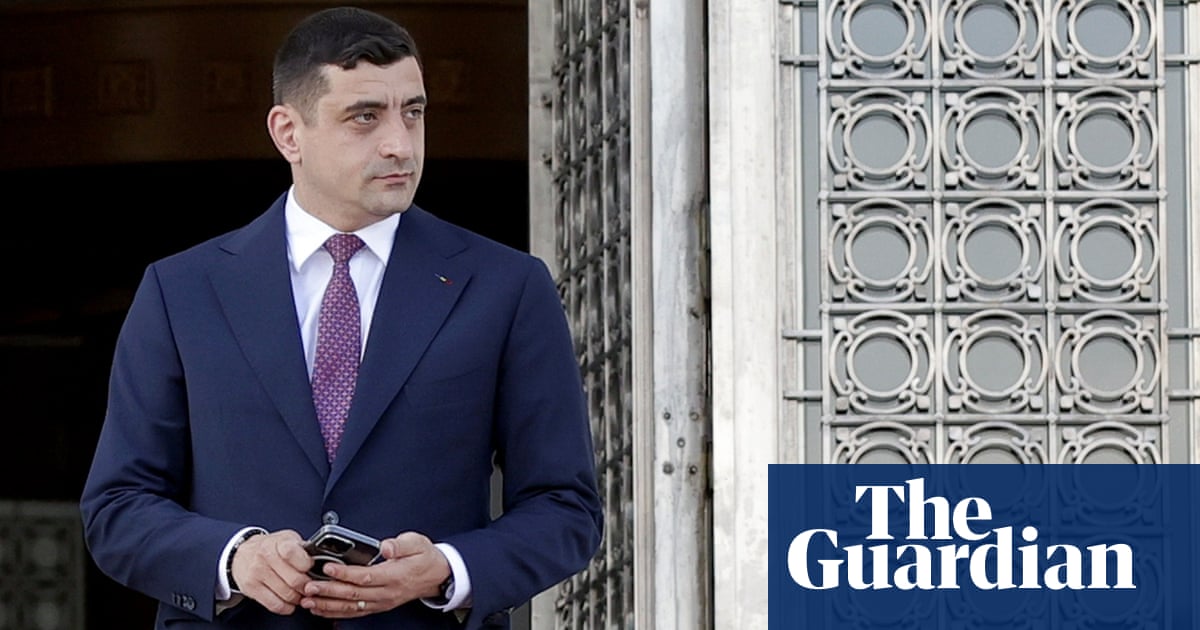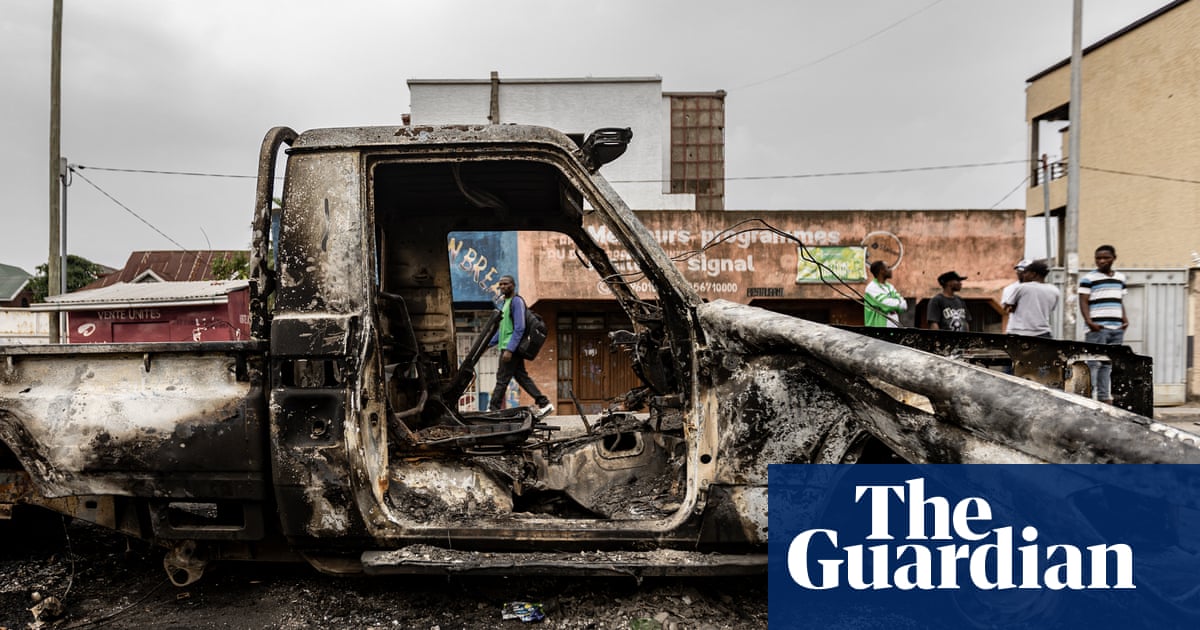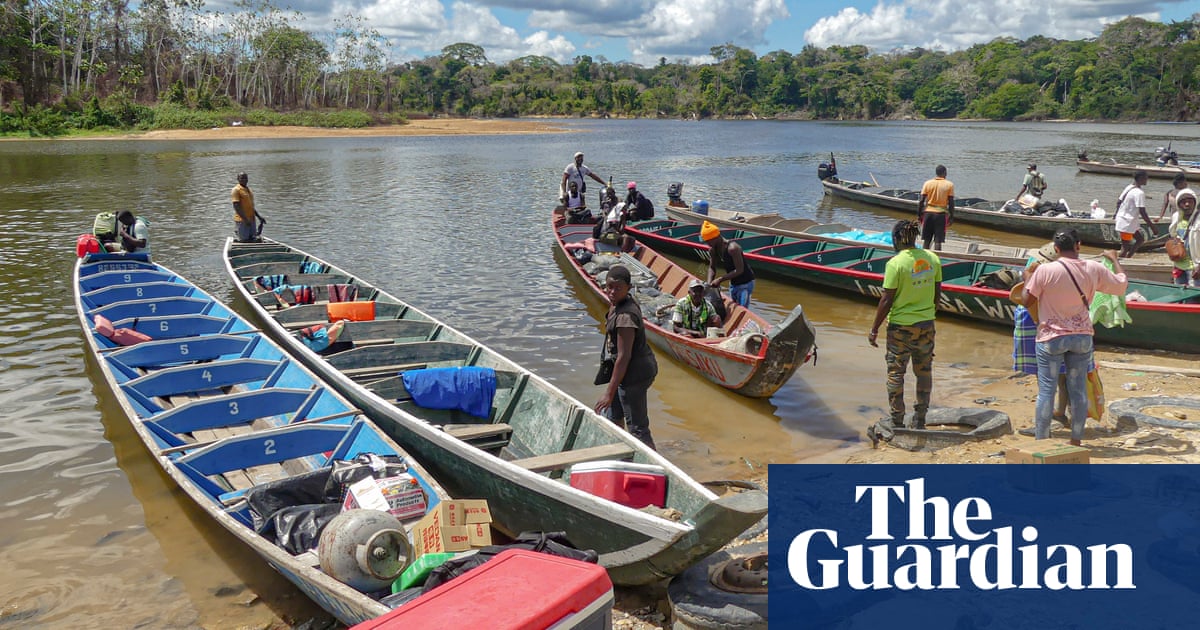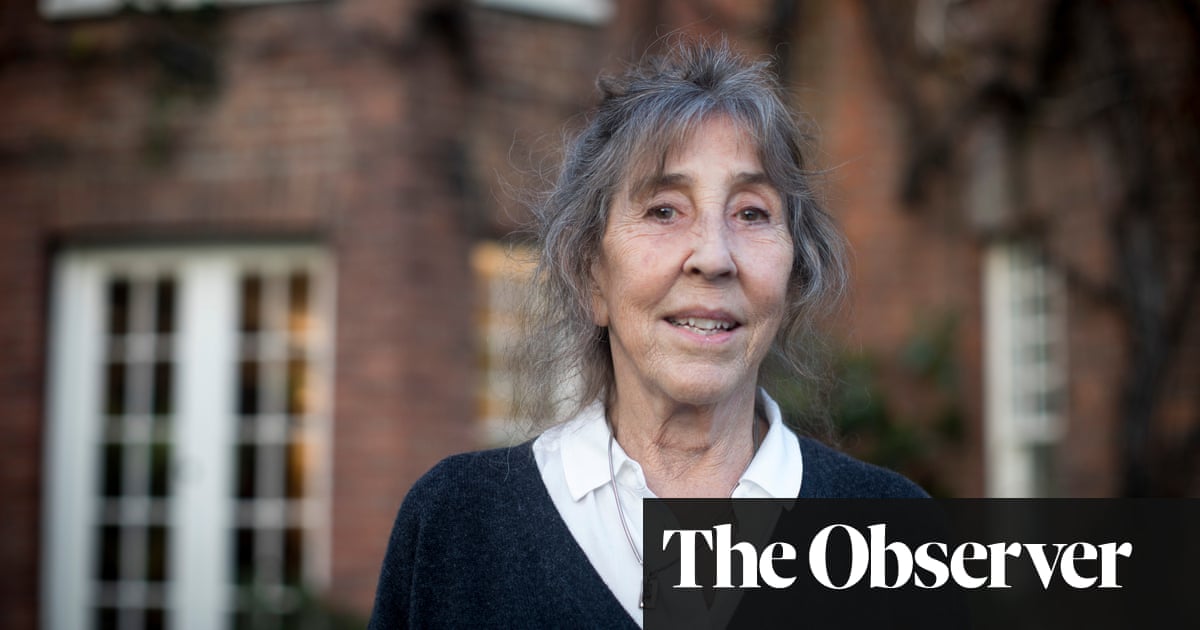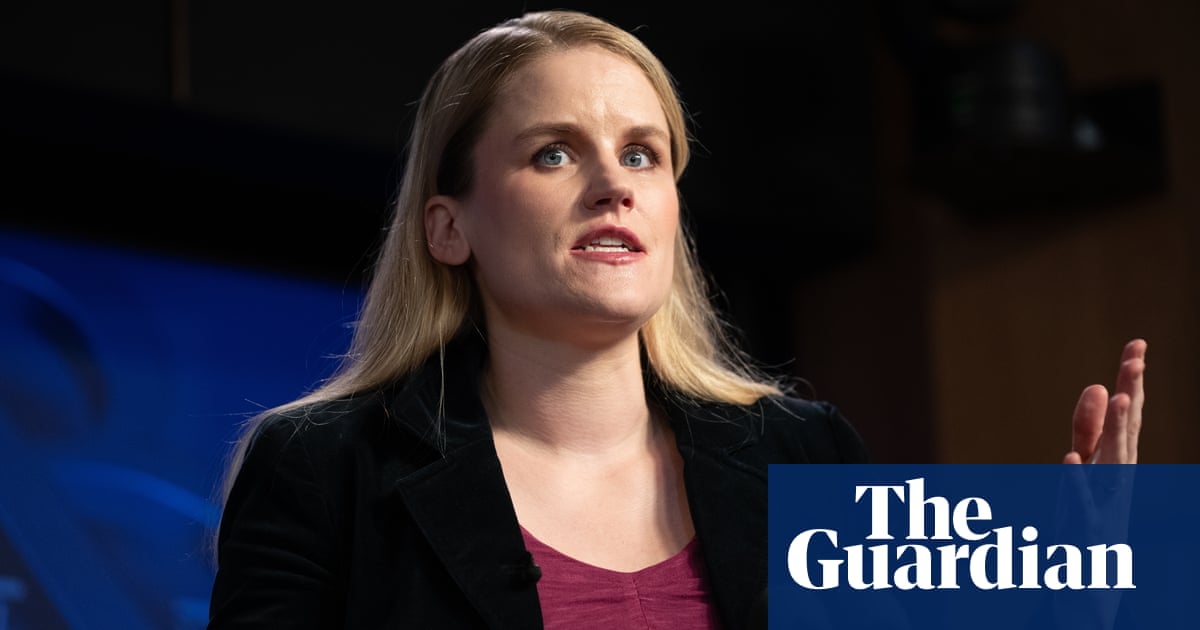As world leaders throw around threats about ending the ceasefire in Gaza this week, Palestinians will be surveying the rubble of their homes and praying that it holds. Donald Trump’s suggestion that “we just clean out” the people from Gaza and send them to live in Jordan and Egypt has been widely condemned around the world. But my experience suggests that he won’t have been the only leader thinking it.
Behind his words lie a number of assumptions, the biggest of which is that nobody would want to stay here. Aid agency workers have described a hellscape. In a briefing on 30 January, Maha Khatib, the health coordinator of the International Rescue Committee, described the health system as “completely destroyed, collapsed”. What Palestinians need immediately are medical supplies, water and food, she said. But what they also need is “long-term action” for life to be possible in Gaza.
If Trump were to get his way, it would not be the first time that people have been moved because of a war. Two million people were forcibly displaced during the 1992-95 conflict in Bosnia-Herzegovina; more than 2 million are still internally displaced within Iraq. It would also not be the first time that people were moved as a purportedly well-meaning emergency response strategy. In the aftermath of Hurricane Katrina in 2005, residents of flooded New Orleanswere corralled on to buses and distributed across other states as “internal refugees”, in a brutal act that reminded some of a time of slavery.
Often disaster contractors like to work with what I call the “Mars model” of humanitarian rebuild: as if they were colonising a planet. They would prefer it if there were no humans to get in the way with their messy demands, just rubble to grind down and roads to lay. Disaster capitalism is rife because there are huge sums of money to be made in the aftermath of war. The Mars model has no truck with ideas of homeland; the connection between a person and the soil beneath them.
My repeated experience after environmental disasters is the movement of whole communities into temporary residences elsewhere, which causes the complete fracture of their lives and communities. While they are gone they can only hope that the appointed contractors are behaving with an ethic of care – not something they can always rely on. A report published three years after the 2007 floods in Hull found: “Many people had to cope with the double trauma that occurs when the first disaster (the flood) is compounded by a secondary disaster in the form of poor treatment from the various companies and agencies that are supposed to be helping with the recovery.” There may be a humanitarian ethos and genuine safety concerns underlying it – as when I witnessed the moving of survivors out of earthquake-hit “red zones” in Christchurch, New Zealand in 2011 – but the uprooting can still cause long-term problems.
The damage that those returning to Gaza are finding has been described by some as “total destruction”. But such rhetoric risks adding weight to the argument for “cleaning out”: it’s easy to make the case that nobody would want to live in a place when it is so hard to see what once was there. But love for a place is about so much more than what can be seen.
Humans around the world, regardless of culture or creed, do remarkably similar things when they return to their destroyed place; “sentimental” acts like tying flowers to traffic cones and crane arms. In Italy and New Zealand after devastating earthquakes, I witnessed community cook-offs, vigils, laundries reclaimed and spaces carved out for daycare for toddlers. Usually, somebody starts selling from a coffee truck – all things that slow down a work programme and get in the way of the engineers and the disaster capitalists.
Physical “recovery” prioritises roads, water, sewage and power. It’s not wrong to: with a lack of hygiene comes the risk of disease. But the very first thing that humans want to do, wherever I worked in the world, is to find and then bury the dead. Gaza’s Civil Defence agency estimates that there are more than 10,000 bodies still lying under the rubble, and no community can be truly rebuilt on a mass grave. But the bones are in the way of the roads that must be built, so many families will be condemned to an ambiguous loss which means they never truly rest again.
Last month, the US’s Middle East envoy, Steve Witkoff, suggested that it would take 10 to 15 years to rebuild Gaza. Of course, rebuilding at all may depend on what Israel will tolerate. Then, any physical build will be derailed by constant setbacks – tensions, politics, greed and also a steady stream of emigration. Disaster and conflict aftermath literature has described the kind of migration that happens when people just cannot survive in the place they love. Trump may see his clean-out, but it will be a slow one: the young sent away to study or to make money somewhere else; the old leaving because they can stand the noise or the risk or the tensions no more.
The truth is, it is not impossible to rebuild Gaza – if Israel allows it, and the rest of the world has the will. Mothers interviewed last week said they will live in tents for ever, as long as they can continue to live on this soil. But tents won’t be enough. As well as urgent food, water and medicine, along with long-term infrastructure and rebuilding work, the people of Gaza will need help, time and space to recover. Dr Mahim Qureshi, an NHS vascular surgeon who worked in al-Aqsa hospital in Gaza in April and October 2024, says that what shocked her most was that the children have lost their startle reflex after hearing bombs dropping for so many months. She talks of an intergenerational impact that will last for decades. Alongside the water bowsers and operating theatres and bakeries, there will need to be places and support for those children to very slowly and partially heal.
When working in the aftermath, you learn to take one day at a time and to celebrate each tiny step forward. You cheer at the coffee truck and the flowers shoved in traffic cones. To return to a place of “total destruction” and to stay there is one of the bravest things I ever get to see. I pray that the world supports this work and resists the lure of the “clean-out”, but for children to flourish again in Gaza, it will take the biggest diplomatic effort the world has ever seen.

 2 months ago
40
2 months ago
40

